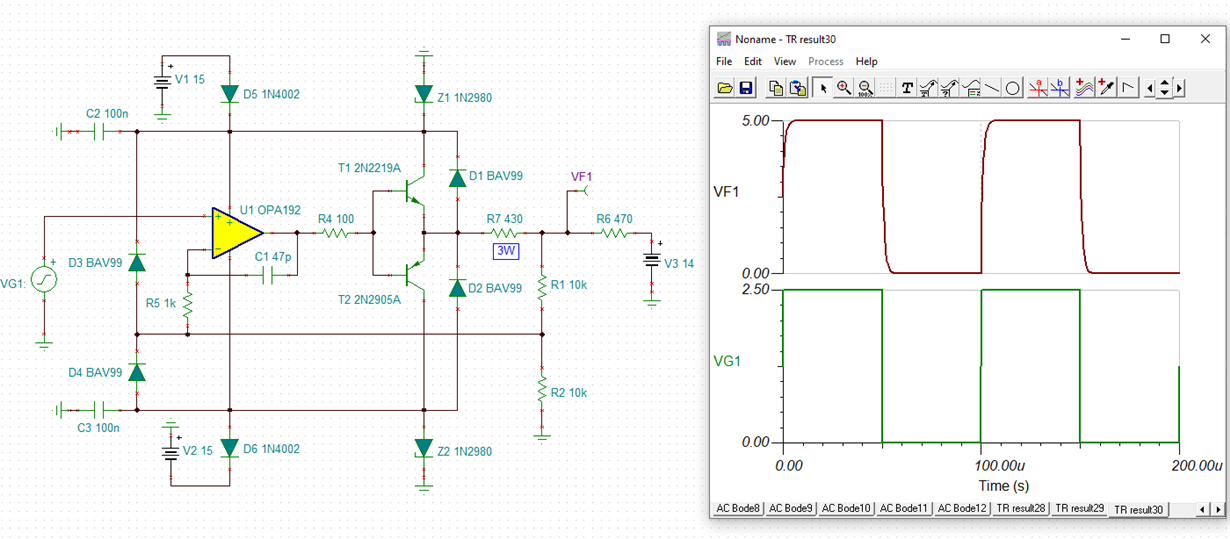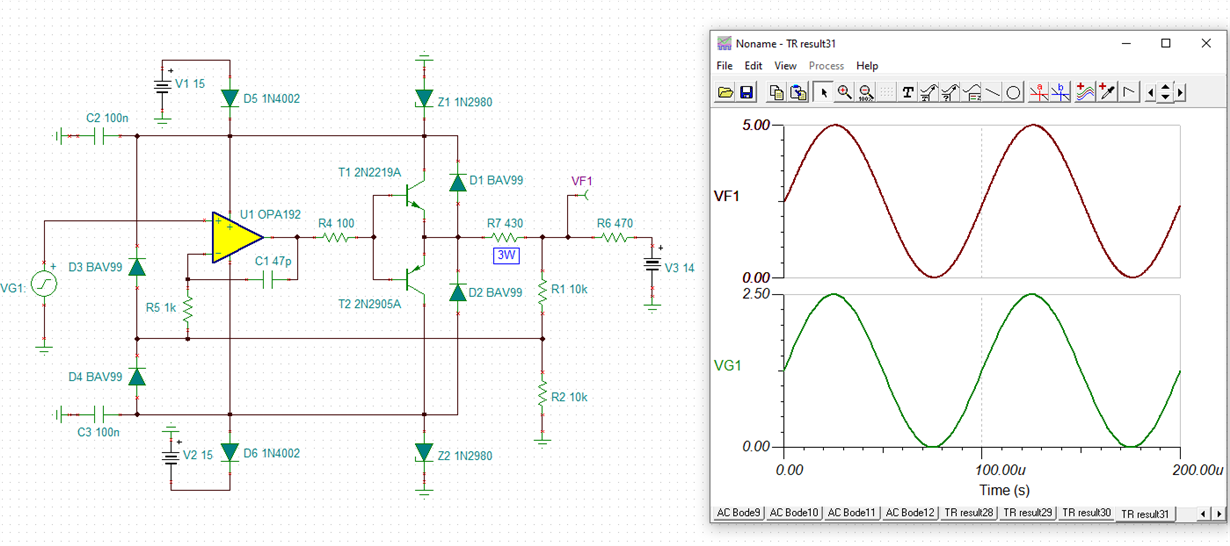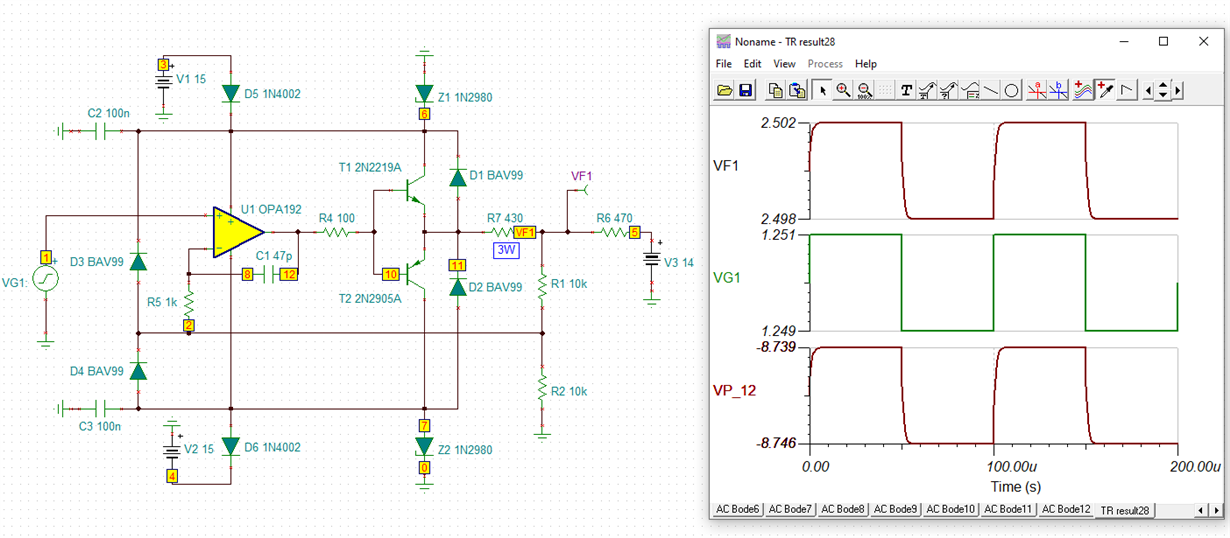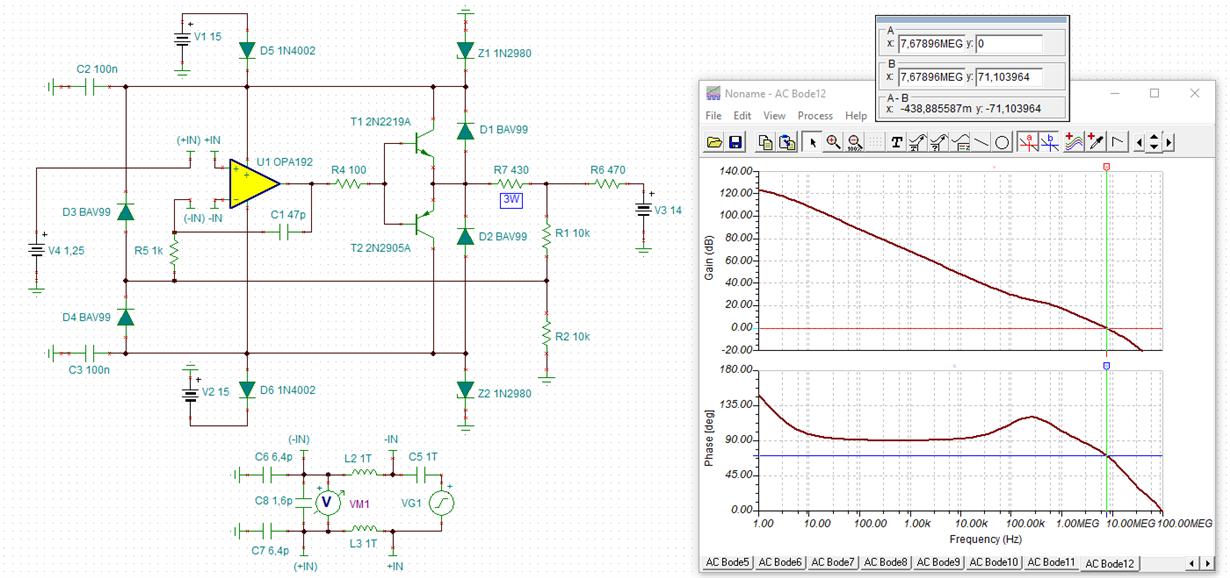Other Parts Discussed in Thread: TLV9052
Good day,
we need to implement a current source and sink with a TLV9102. We have to protect the output against dead shorts both to 14 VDC and GND. In the Datasheet it states that it can handle a short to ground. But can it handle a short to 14 VDC when the output of the opamp is set to 0.5 volts?
Will the Opamps thermal protection kick-in fast enough to prevent damage? We need to hold the short circuit for 1 minute.









